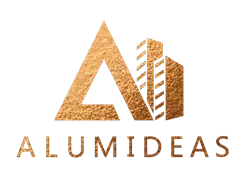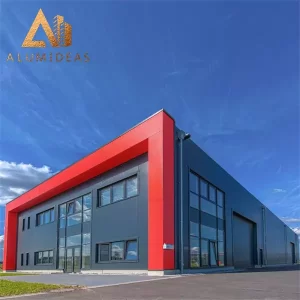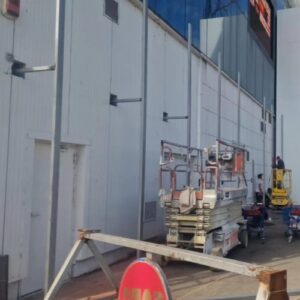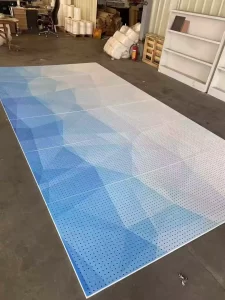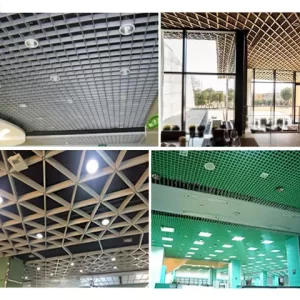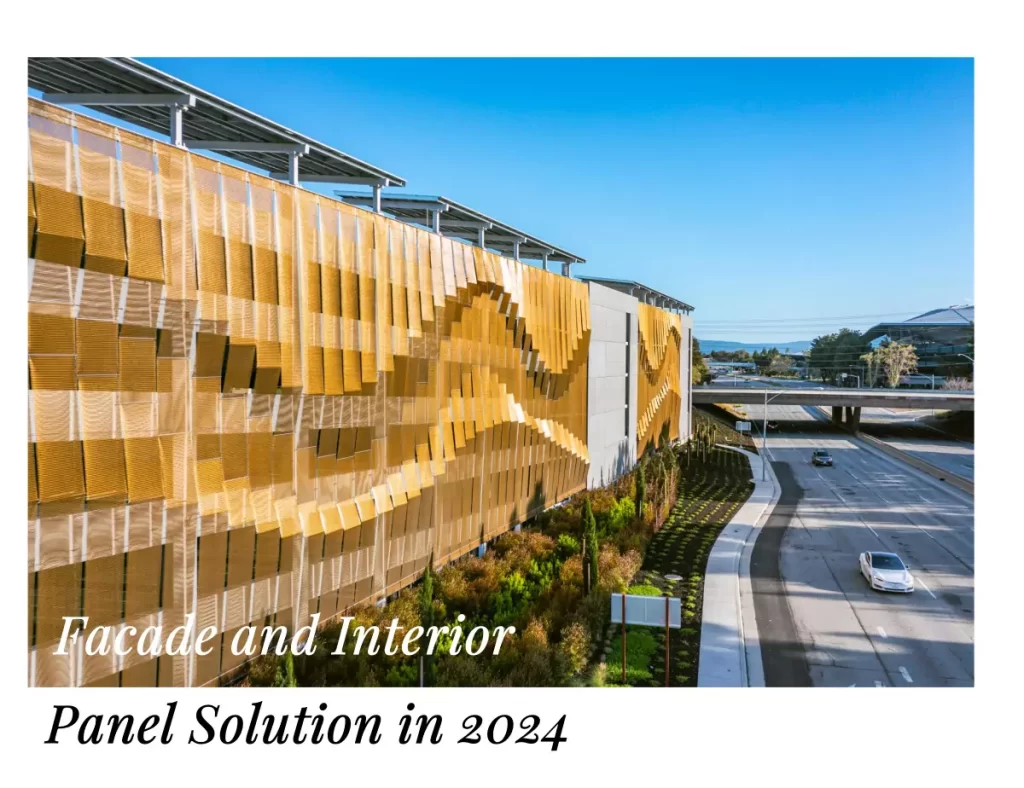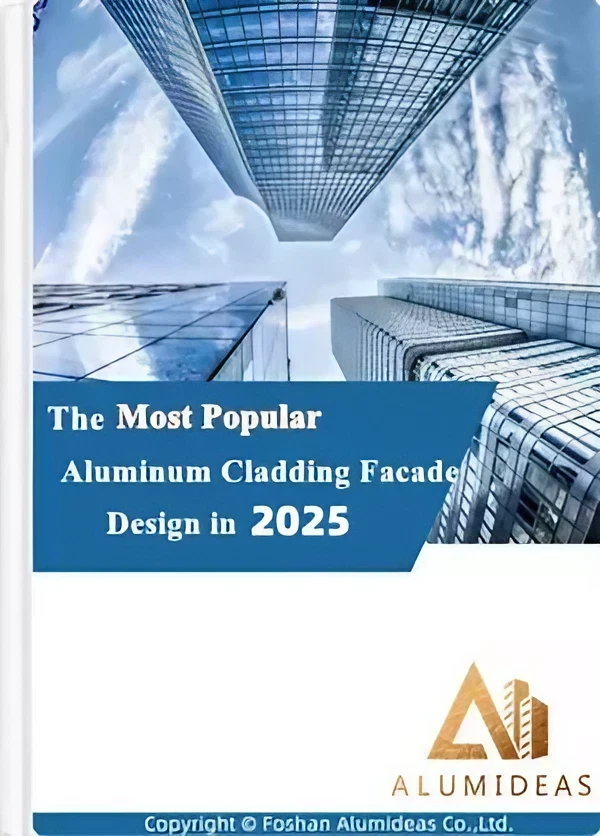1. Introduction:
When it comes to building or renovating a structure, selecting the appropriate cladding material is a significant decision that can affect both its appearance and performance. With so many cladding materials available in the market, it can be challenging to determine which one is the best fit for your project.
In recent years, solid aluminum cladding, a type of aluminum wall panel has become a popular choice for architects, builders, and property owners due to its durability, fire resistance, weather resistance, low maintenance, and aesthetic appeal.
In this article, we will compare solid aluminum cladding with other cladding materials and examine its advantages, disadvantages, cost, environmental impact, and applications. We will also discuss the installation process, maintenance, and cleaning methods of solid aluminum cladding to help you make an informed decision for your next project
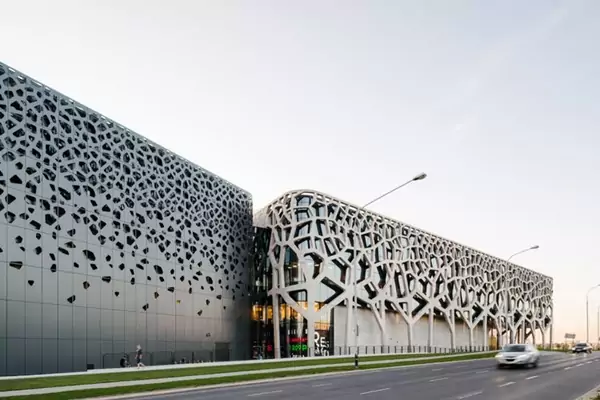
Solid aluminum cladding building
To make sure you can quickly find the information you need, we have prepared a content directory. When you click on it, you will be taken to the corresponding section.
Section of content
2. What is Cladding?
Cladding refers to the exterior layer of a building that protects it from the elements and enhances its appearance. Cladding can be made of various materials, such as wood, stone, brick, fiber cement, vinyl, and metal, and can be installed in various styles, such as shingles, panels, tiles, and sheets. The main purpose of cladding is to provide insulation, prevent moisture penetration, reduce heat loss or gain, and increase energy efficiency. Cladding also plays a crucial role in the overall design of a building, creating a visual impact and reflecting the character and style of the structure. Additionally, cladding can add value to a property and improve its resale potential.
3. Types of Cladding Materials
There are various types of cladding materials available in the market, each with its own unique features, advantages, and disadvantages. The following are some of the most common cladding materials used in the construction industry:
1. Solid Aluminium Cladding: Solid aluminum cladding is a type of metal cladding panel that is made of solid aluminum panels or sheets. As a type of aluminum wall panel, it is a popular choice due to its durability, fire resistance, weather resistance, low maintenance, and aesthetic appeal. Solid aluminum cladding panels can be installed in a variety of styles, including aluminum rain screens, aluminum curtain walls, and roofing panels, and can be custom-designed to fit any building shape or size as an aluminum facade system.
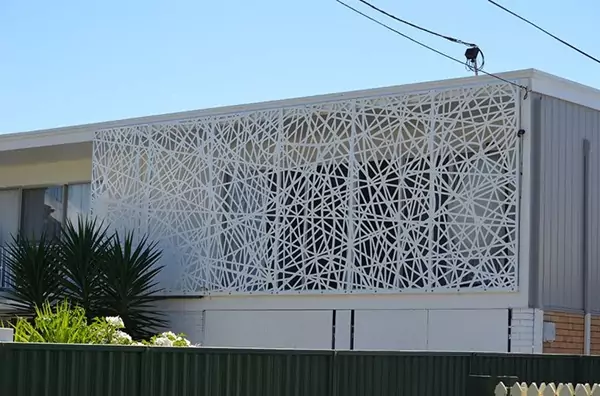
Solid aluminum panel system
2. Stone Cladding: Stone cladding involves the use of natural or manufactured stone panels or tiles to cover the exterior walls of a building. Stone cladding provides a classic and elegant look and can be used to create a variety of textures and patterns. However, it is expensive and heavy, requiring additional structural support and maintenance.
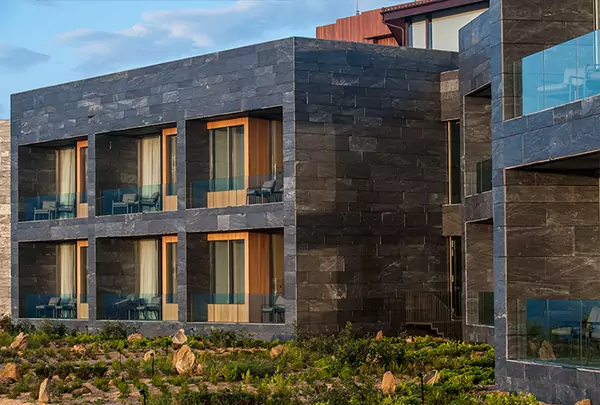
Stone cladding system
3. Wood Cladding: Wood cladding is a type of natural cladding that involves the use of wood panels or shingles to cover the exterior walls of a building. Wood cladding is versatile and can create a warm and inviting atmosphere, but it requires regular maintenance to prevent rotting, warping, and insect damage.
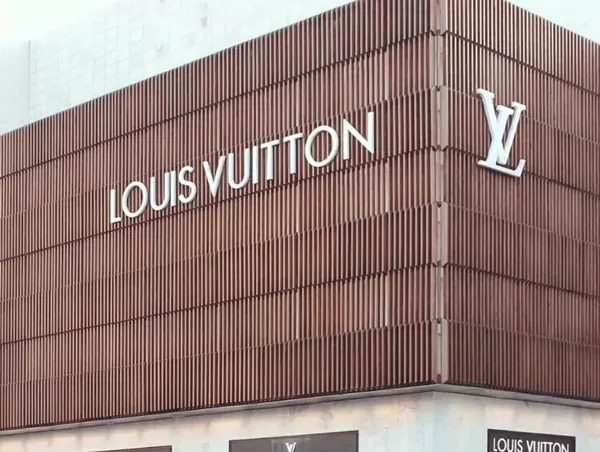
Wood Cladding design
4. Brick Cladding: Brick cladding is a type of masonry cladding that involves the use of brick tiles or panels to cover the exterior walls of a building. Brick cladding is durable, fire-resistant, and low maintenance, but it is heavy and requires additional structural support.
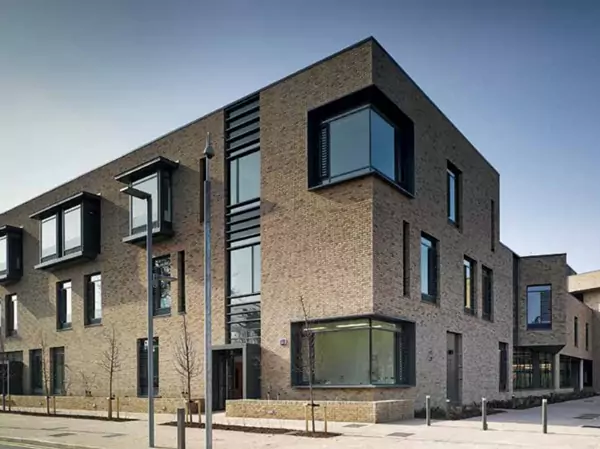
Brick Cladding building
5. Fiber Cement Cladding: Fiber cement cladding is a type of composite cladding that involves the use of cement, sand, and cellulose fibers to create panels or sheets. Fiber cement cladding is durable, weather-resistant, and insect-resistant, but it can be brittle and prone to cracking.
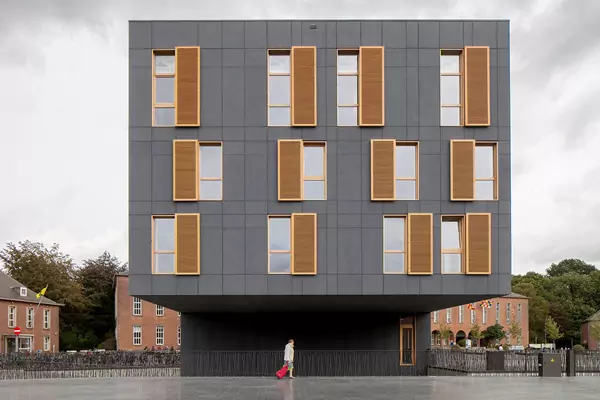
Fiber Cement Cladding building
Vinyl Cladding: Vinyl cladding involves the use of PVC panels or sheets to cover the exterior walls of a building. Vinyl cladding is affordable and low maintenance, but it is not as durable or fire-resistant as other cladding materials.
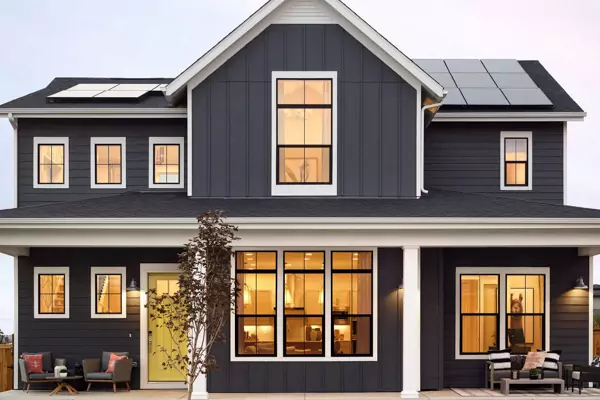
Vinyl Cladding design
4. Advantages of Solid Aluminium Cladding
Solid aluminum cladding is a popular choice for building exteriors due to its many advantages over other cladding materials. Here are some of the key benefits of using solid aluminum cladding:
- Durability: Solid aluminum cladding is extremely durable and can withstand harsh weather conditions, such as heavy rain, strong winds, and extreme temperatures. This makes it ideal for use in buildings located in areas with severe weather conditions.
- Fire Resistance: Solid aluminum cladding is fire-resistant, which means it will not catch fire or contribute to the spread of flames in the event of a fire. This makes it a safe and reliable option for building exteriors.
- Weather Resistance: Solid aluminum cladding is resistant to corrosion and rust, which means it will not be affected by exposure to rain, snow, and other weather conditions. This makes it ideal for use in buildings located in coastal areas or areas with high humidity levels.
Low Maintenance: Solid aluminum cladding is virtually maintenance-free, which means it requires minimal upkeep over its lifetime. This can result in significant cost savings over time.
- Aesthetic Appeal: Solid aluminum cladding is available in a variety of finishes and colors, which means it can be customized to suit any design style. It also provides a sleek and modern look that can enhance the overall aesthetic appeal of a building.
5. Comparison with Other Cladding Materials
When it comes to building exteriors, there are many different cladding materials available, each with its own set of advantages and disadvantages. Here, we will compare solid aluminum cladding with some of the most commonly used cladding materials:
- Stone Cladding: Stone cladding is a natural material that provides a timeless and elegant look. It is durable and fire-resistant but can be expensive and difficult to install.
- Wood Cladding: Wood cladding provides a warm and natural look that is perfect for certain types of buildings. It is also eco-friendly and renewable. However, it requires more maintenance than other materials and is susceptible to moisture and rot.
- Brick Cladding: Brick cladding is a classic choice for building exteriors. It is durable and low-maintenance but can be expensive and time-consuming to install.
- Fiber Cement Cladding: Fiber cement cladding is a newer material that is becoming increasingly popular. It is durable, fire-resistant, and available in a range of colors and finishes. However, it can be more expensive than other materials and requires professional installation.
- Vinyl Cladding: Vinyl cladding is a cost-effective option that is easy to install and maintain. It is available in a range of colors and styles but can fade over time and is not as durable as other materials.
When compared to these other cladding materials, solid aluminum cladding stands out for its durability, fire resistance, weather resistance, low maintenance, and aesthetic appeal. While other materials may have certain advantages in terms of cost or appearance, solid aluminum cladding is a reliable and long-lasting option that can provide a modern and sleek look to any building.
6. Environmental Impact of Solid Aluminium Cladding
Solid Aluminium Cladding not only offers many practical benefits, but it is also an eco-friendly option. It is important to consider the environmental impact of any building material, including cladding. Here are some factors to consider when evaluating the environmental impact of Solid Aluminium Cladding:
Sustainability: Solid Aluminium Cladding is a sustainable material, as it can last for decades without needing to be replaced. This means that it does not contribute to waste or environmental harm in the same way that disposable materials might.
Recyclability: Aluminum is one of the most easily recyclable materials available. In fact, almost 75% of all aluminum produced is still in use today, which makes it an ideal material for environmentally conscious builders. The aluminum used in cladding can be easily recycled and reused, which reduces the amount of waste in landfills.
Carbon Footprint: The production of Solid Aluminium Cladding requires significantly less energy compared to other cladding materials. Aluminum is also lightweight, which means that it is easy to transport, reducing the carbon footprint during transportation. Additionally, aluminum’s ability to reflect heat can help reduce energy usage in buildings, which in turn can lower their carbon footprint.
Considering these factors, it is clear that Solid Aluminium Cladding is a more environmentally sustainable option compared to other cladding materials.
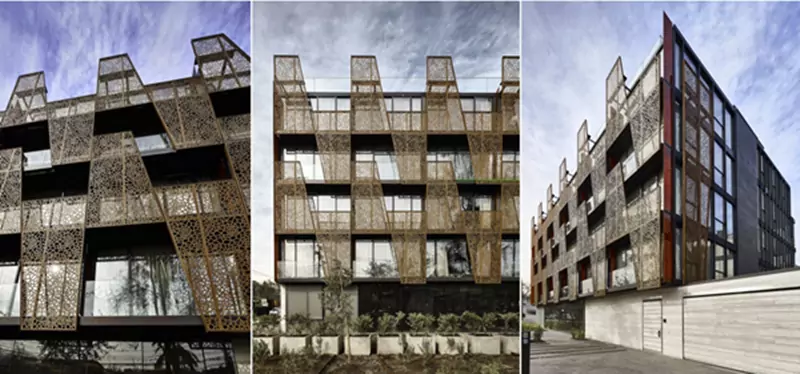
Aluminum solid cladding system
7. Applications of Solid Aluminium Cladding
Solid Aluminium Cladding is a versatile material that can be used in a variety of applications. Here are some of the most common applications of Solid Aluminium Cladding:
Commercial Buildings: Solid Aluminium Cladding is often used on commercial buildings, such as office buildings, shopping centers, and hotels. The material’s durability and aesthetic appeal make it an attractive option for these types of buildings.
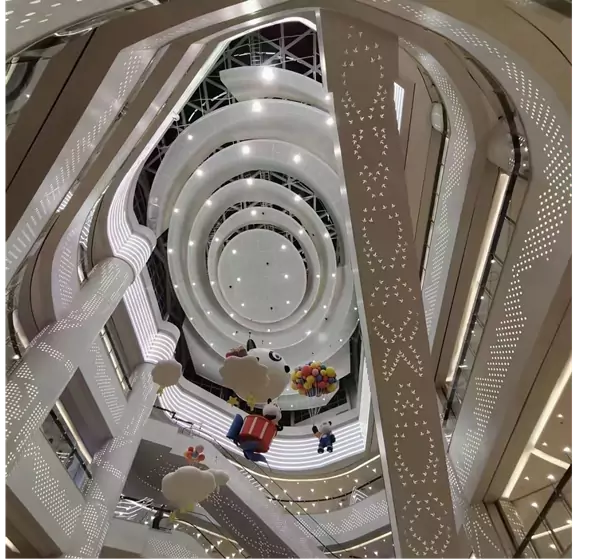
Commercial Buildings with solid aluminum panels
Residential Buildings: Solid Aluminium Cladding is also popular in residential construction, particularly for modern or contemporary designs. The material can be used on both the exterior and interior of homes, adding visual interest and durability.
Industrial Buildings: Industrial buildings, such as warehouses and manufacturing plants, require cladding that is strong and durable. Solid Aluminium Cladding can withstand harsh environmental conditions and is often used in these types of applications.
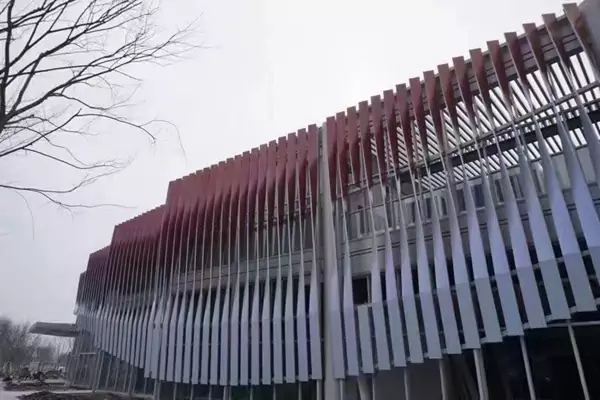
Aluminum facade system
Educational Institutions: Educational institutions, such as schools and universities, often require a combination of durability, aesthetics, and sustainability. Solid Aluminium Cladding meets all of these requirements and can be used in a variety of educational settings.
Health Care Facilities: Health care facilities, such as hospitals and clinics, require cladding that is easy to clean and maintain, as well as durable and hygienic. Solid Aluminium Cladding meets these requirements and is often used in these types of applications.
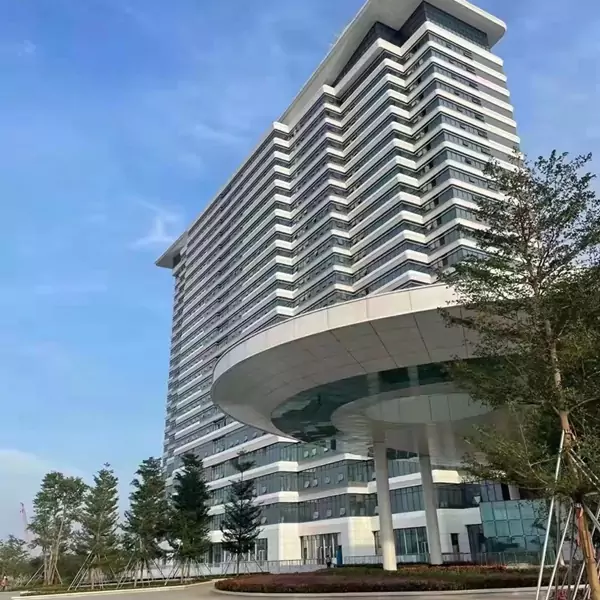
Health Care Facilities building with solid aluminum cladding system
8. Installation Process of Solid Aluminium Cladding
Solid aluminum cladding is a popular choice for building facades due to its durability, low maintenance, and aesthetic appeal. However, proper installation is crucial to ensure its longevity and performance. In this section, we will discuss the installation process of solid aluminum cladding, including pre-installation considerations, installation steps, and post-installation maintenance.
Pre-Installation Considerations:
- Consult with a professional installer to ensure the right type and thickness of the aluminum cladding panels are selected for the specific project requirements.
- Inspect the building structure to ensure it can withstand the weight of the cladding panels and provide a secure substrate for installation.
- Consider weather and temperature conditions during the installation period, as they may impact the installation process and materials.
Installation Steps:
- Prepare the surface of the building for installation, including cleaning, leveling, and repairing any damages or imperfections.
- Install the sub-framing system, which provides a secure and stable base for the cladding panels.
- Fix the aluminum cladding panels to the sub-framing system using mechanical fasteners or adhesives, depending on the specific design and requirements.
- Ensure proper ventilation and drainage to prevent moisture buildup between the cladding and the building structure.
Post-Installation Maintenance:
- Regularly inspect the cladding panels for any signs of damage or wear, and address them promptly to prevent further deterioration.
- Clean the cladding panels using appropriate cleaning solutions and methods to remove dirt, debris, and stains.
- Check the sealant and joints regularly to ensure they are intact and prevent water infiltration into the building structure.
Proper installation and maintenance of solid aluminum cladding can extend its lifespan and maintain its performance and appearance. Therefore, it is crucial to engage professional installers with expertise in solid metal cladding and adhere to the manufacturer’s guidelines and instructions.
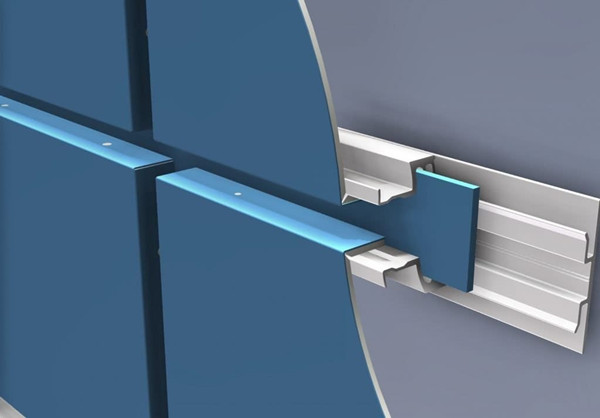
Horizontal Installing of solid cladding
9. Common FAQs on solid aluminum cladding
Q: Is solid aluminum cladding expensive compared to other cladding materials?
A: The cost of solid aluminum cladding may vary depending on the size of the project, the complexity of the design, and the availability of materials. However, it is generally considered to be more expensive than other cladding materials such as vinyl, fiber cement, or wood.
Q: Is solid aluminum cladding difficult to install?
A: Installation of solid aluminum cladding requires experienced professionals to handle the material and the installation process. The installation process may vary depending on the design, but it generally involves the use of specialized tools and equipment.
Q: Is solid aluminum cladding easy to maintain?
A: Solid aluminum cladding is low maintenance, and requires minimal upkeep. The cladding only requires cleaning to remove dirt and debris, and minor repairs as necessary.
Q: Is solid aluminum cladding durable?
A: Solid aluminum cladding is highly durable and resistant to weather, fire, and other environmental factors. The material has a long lifespan and requires minimal maintenance, making it a cost-effective option over time.
Q: Can solid aluminum cladding be used for both commercial and residential projects?
A: Yes, solid aluminum cladding is versatile and can be used for both commercial and residential projects. It is often used in the construction of buildings, including hospitals, schools, and other institutional buildings.
Q: What is the difference between the solid aluminum cladding and aluminum siding?
A: Solid aluminum cladding is a thicker and more durable material than aluminum siding. Cladding is typically used for larger commercial projects and high-rise buildings, while the siding is more commonly used for residential projects.
Q: Is solid aluminum cladding environmentally friendly?
A: Solid aluminum cladding is an environmentally friendly option for construction projects. The material is recyclable, and it has a low carbon footprint compared to other construction materials.
10. Conclusion
In conclusion, solid aluminum cladding is a popular choice for building facades due to its numerous benefits. It is a durable and long-lasting material that offers excellent fire and weather resistance, requires low maintenance, and has an attractive aesthetic appeal. When compared to other cladding materials such as stone, wood, brick, fiber cement, and vinyl, solid aluminum cladding comes out as the superior option in terms of these advantages.
However, it is important to consider the environmental impact of solid aluminum cladding as well. While it is sustainable and recyclable, it still has a carbon footprint that should be taken into account.
Overall, solid aluminum cladding is a great choice for a variety of building types and applications. It is important to work with a professional and experienced installer to ensure proper installation and maintenance. If you are considering solid aluminum cladding for your building project, we highly recommend doing a thorough research and getting advice from experts in the field.
Relate product:
Looking For a Solid aluminum cladding Supplier For Your Projects?
Alumideas is a aluminum cladding panels manufacturer in China. We provide a one-stop solution for your interior and exterior decorative cladding projects. Ask for a quote now!
We will contact you within 1 working day, please pay attention to the email with the suffix “@www.alumideas.com”.
